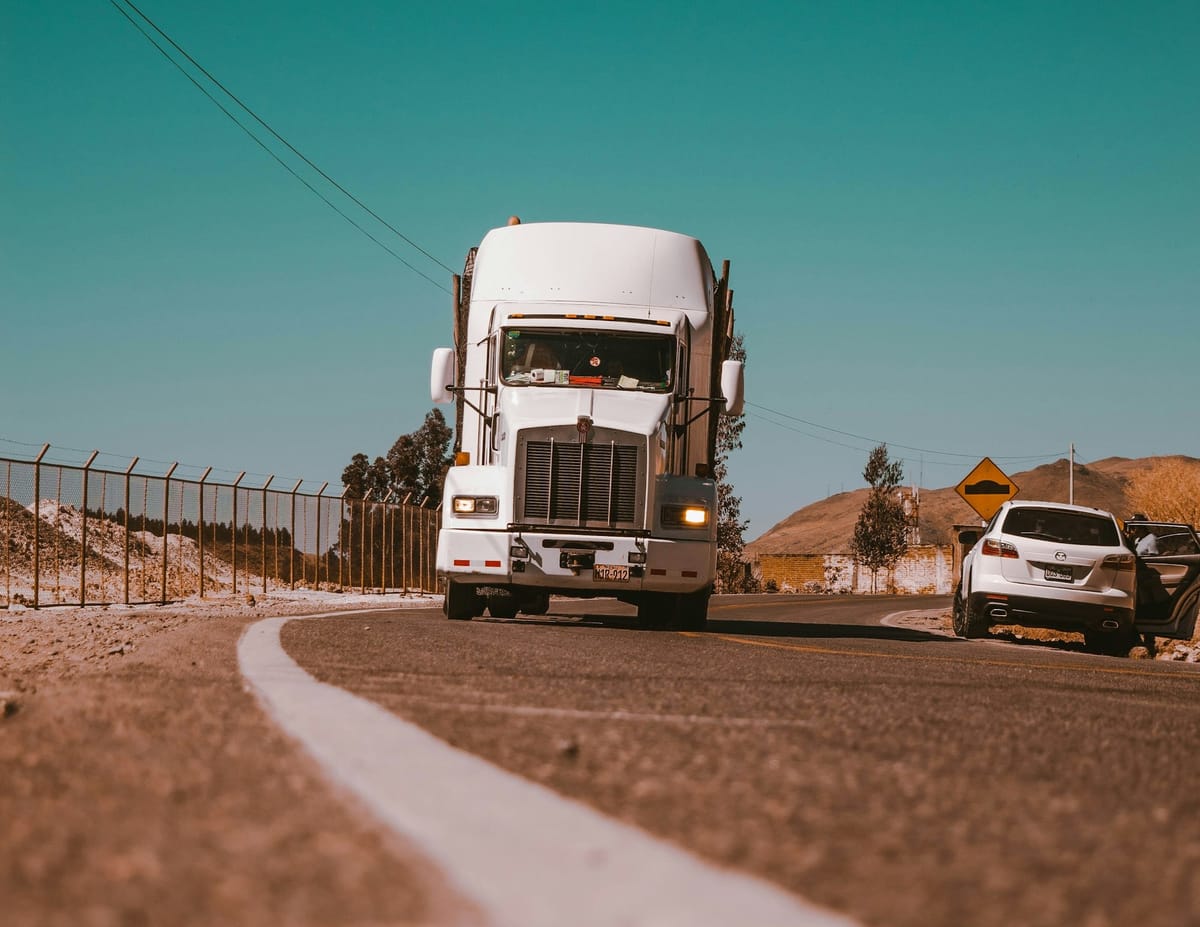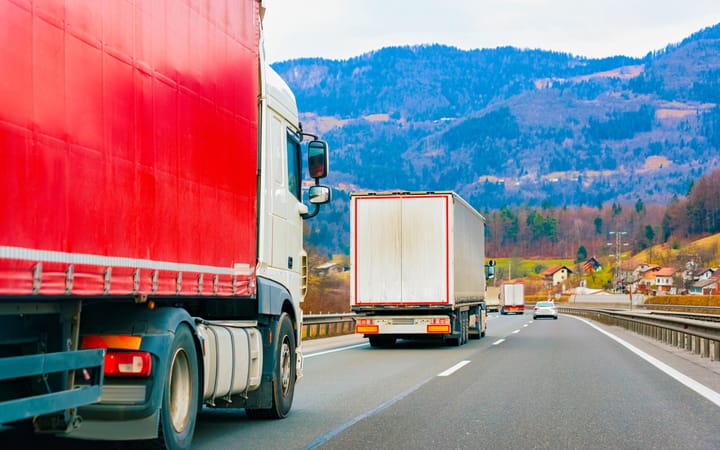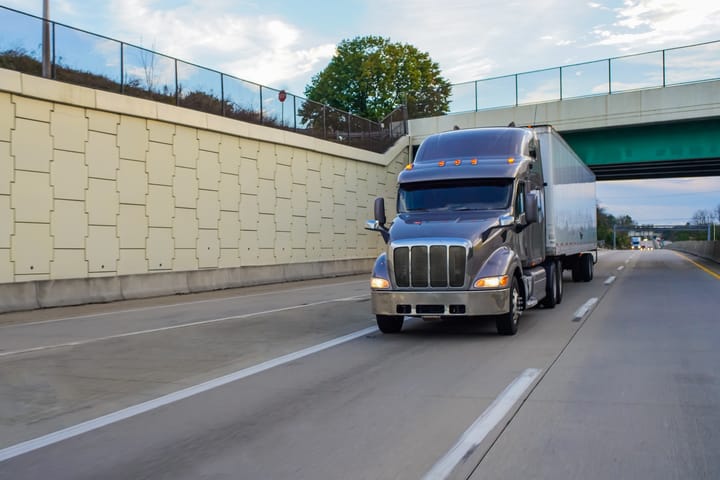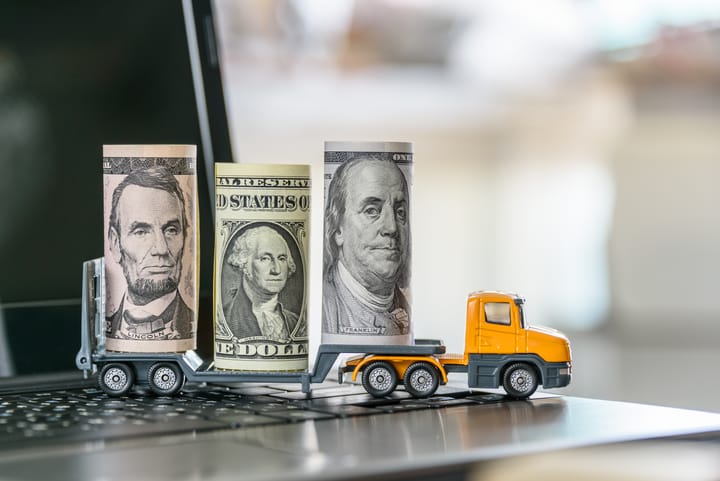Revamping driver pay structure
Plus: Could gamifying driver success help your fleet?

Truck technology, like telematics, isn't just about sensors and the data. There's a human element to it too, and fleet managers can use the tool to better engage and motivate their driving workforce. Keep reading to learn how.
Meanwhile, heavier truck weights could come at a massive cost, and fleets are experimenting with a different type of tire to improve fuel efficiency.


Sweet dreams😴 How one driver has decked out his sleeper berth, complete with Batman bedding. Above: Batman bunk. (Credit: @thebatman0213 / Reddit)
"Realistically, no one is ready." This video dives into the challenges for New York fleets to transition to electric vehicles, and how the state depends on California making changes first.
Then and now. Watch this TikTok to relive how times have changed in trucking.
Prime time to disrupt. Amazon could massively shake up LTL if it decides to enter the freight market and handle LTL shipping in house.

$98.6 billion
The estimated price tag of bridge repairs and replacements if truck weight limits are increased. Source: Land Line

Telematics: A tool to help with driver engagement
Telematics has become well known as a technology for routing, safety and efficiency. But there's another benefit of the tool: driver motivation when telematics is used for real-time feedback, social comparison and gamification.
Brian Moroney of Drivosity, a last-mile solutions provider, found that when drivers' achievements were gamified, they were more engaged and connected to their work.
His takeaway: "Sometimes, what people need isn’t more oversight—it’s more recognition."
Why this matters: Truck drivers often go unnoticed until something goes awry—a missing or delayed shipment, a crash on the highway. Drivers do a lot of good work behind the scenes, and recognizing that with feedback and social statistics through telematics could help motivate hard-working truckers. It's an opportunity for fleet managers to use their existing technology in new ways.
Get more details at Forbes.

ALT FUEL: Pilot starts offering B99 biodiesel fuel for commercial trucking
LEGAL LIMIT: Texas lawmakers want to cap nuclear verdict amounts
BIG EXPANSION: Roadrunner adds 278 lanes to long-haul network
FAKE INFO: Biz managers falsified insurance paperwork in tanker crash

ATA warns of 'real risk of macro recession' with tariffs
Tariffs are a "very fluid situation," according to American Trucking Associations Chief Economist Bob Costello. If or when tariffs take effect, the impacts on trucking will be widespread. Equipment costs could rise, and port call fees could increase for container ships, which in turn would change freight patterns for trucks.
Why this matters: The possible repercussions of tariffs are widespread, but there's much uncertainty surrounding them. That makes it difficult for fleet executives to plan their businesses and guard against potential risks. (CCJ Digital)
Could alternative driver pay models make trucking safer?
Walt Ryley, an assistant professor at Bowling Green State University, sees a direct connection between driver pay and safety. He argues that pay per load or mile, rather than per hour, incentivizes drivers to take more risks, like speeding so they can deliver a load before HOS runs out. Ryley's proposed solution: a different kind of pay model that compensates drivers and still keeps fleets profitable.
Why this matters: Truck driving is among the most dangerous professions, and low compensation only adds to the issue. Any changes to enhance safety would be welcome news for drivers, fleet executives and everyone else on the road. (State News)
Low-resistance tires gain popularity in OTR trucking
The industry is no longer resisting low-rolling-resistance tires. These tires, known as LRR, can improve fuel efficiency and cut down on greenhouse gas emissions. The technology has improved, so the tires have better traction and durability than earlier versions and are well suited to highway and over-the-road logistics.
Why this matters: There are myriad ways trucking executives can reduce emissions and fuel costs on the margins. Improvements in diesel truck designs have reduced greenhouse gases, and now tires are advancing to also contribute to better fuel efficiency. (Transport Topics)

Greenlane rolls out app, portal to help fleets with EVs
For trucking firms that have incorporated electric vehicles, optimized routing is essential to maximize range and ensure charging spots along the way. Greenlane created a portal in which fleet managers and dispatchers can plan routes. There's also a new driver app, which lets truckers view available charging on their route and make a charging slot reservation.
Why this matters: Routing technology is beneficial to fleets of all shapes and sizes, but it's especially critical for trucking companies with EVs. Charging infrastructure isn't as ubiquitous as gas stations, and fleets need to make sure they're powered up as they haul freight. (Fleet Maintenance)

Thanks for reading today's edition! You can reach the newsletter team at editor@theinsidelane.co. We enjoy hearing from you.
Interested in advertising? Email us at newslettersales@mvfglobal.com
The Inside Lane is curated and written by Shefali Kapadia and edited by Bianca Prieto.





Comments ()